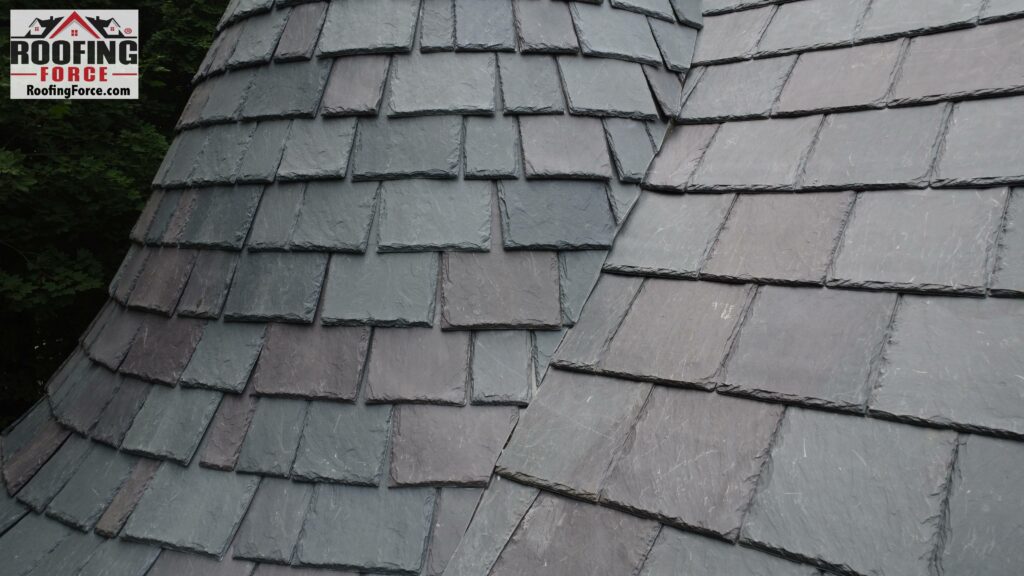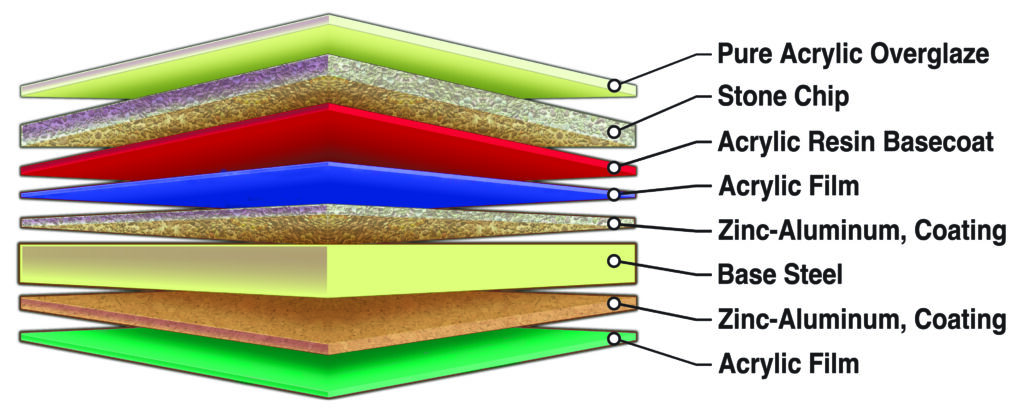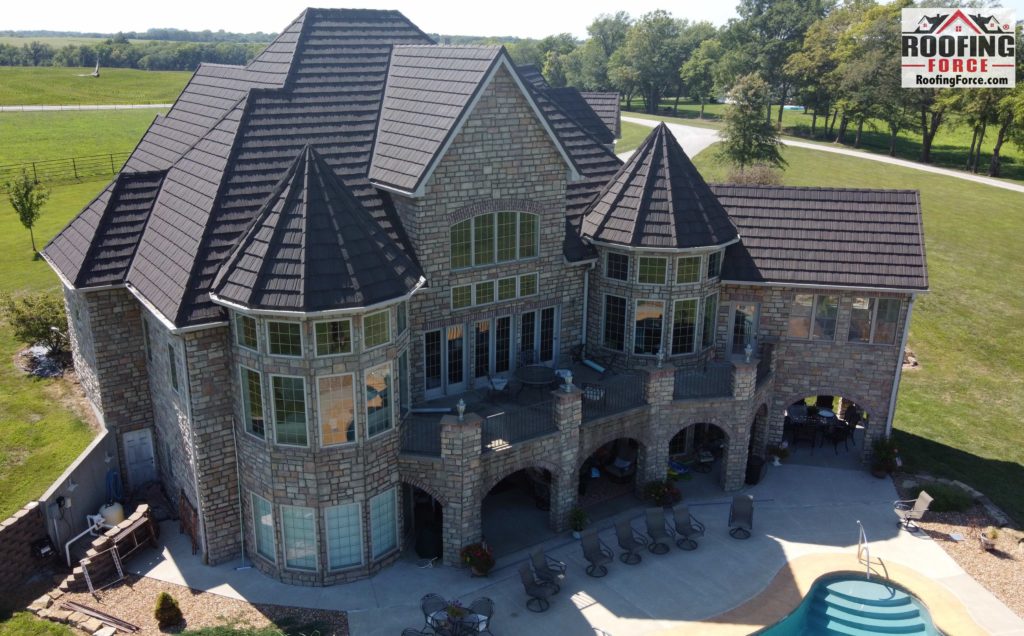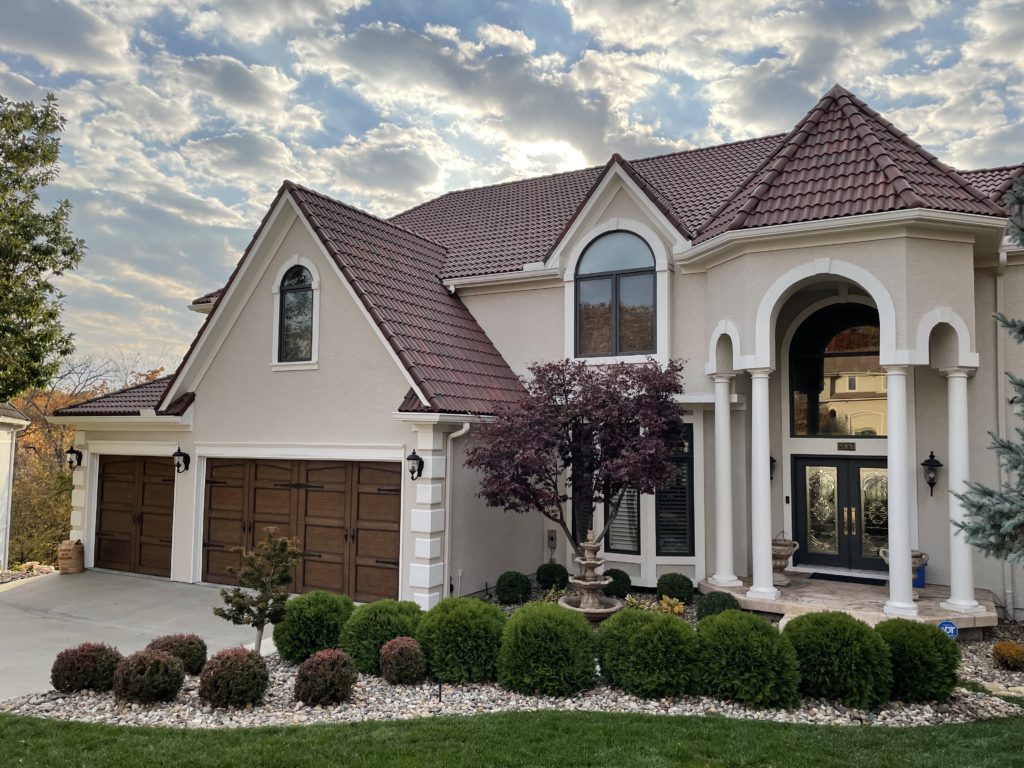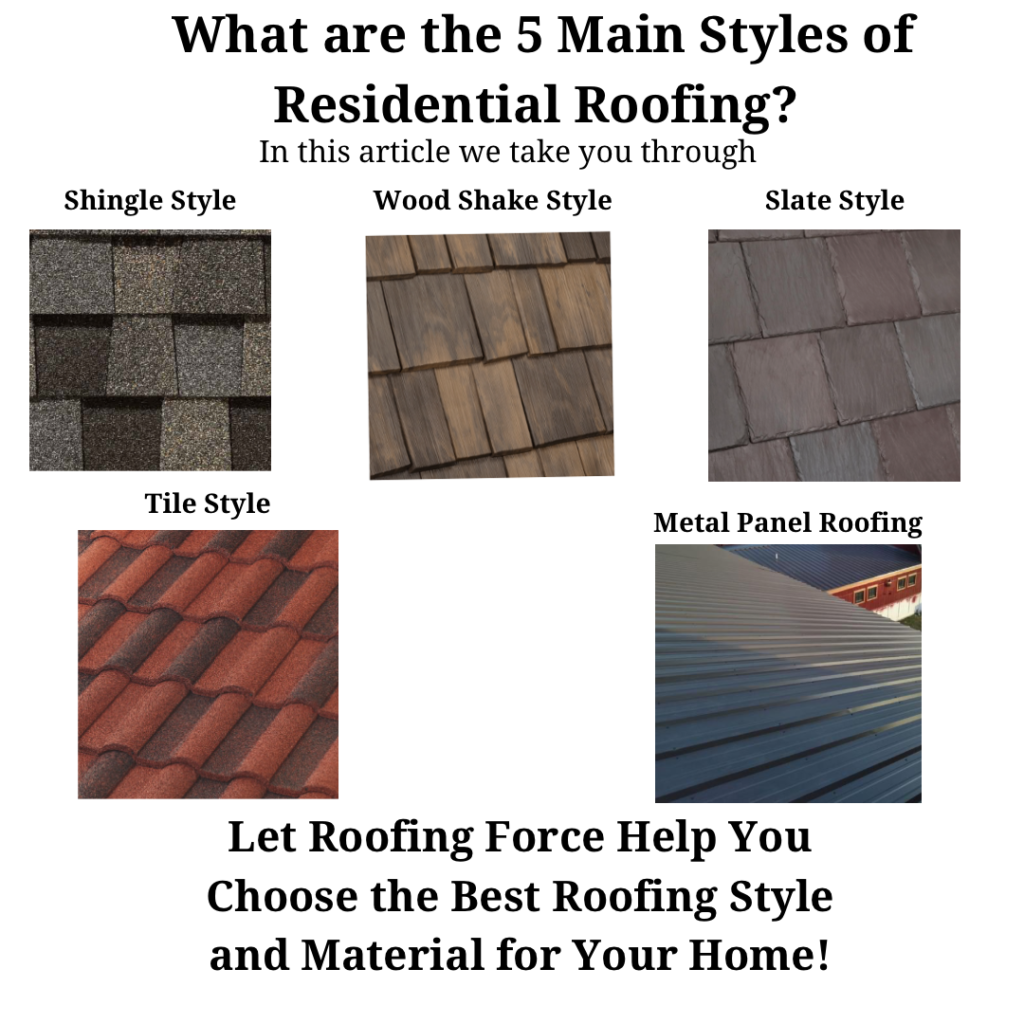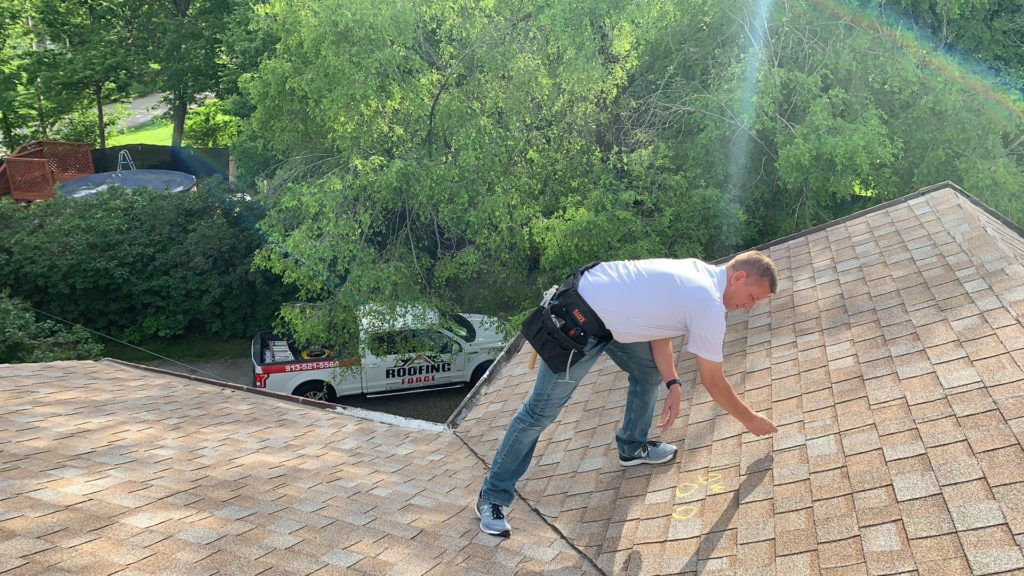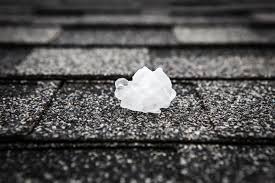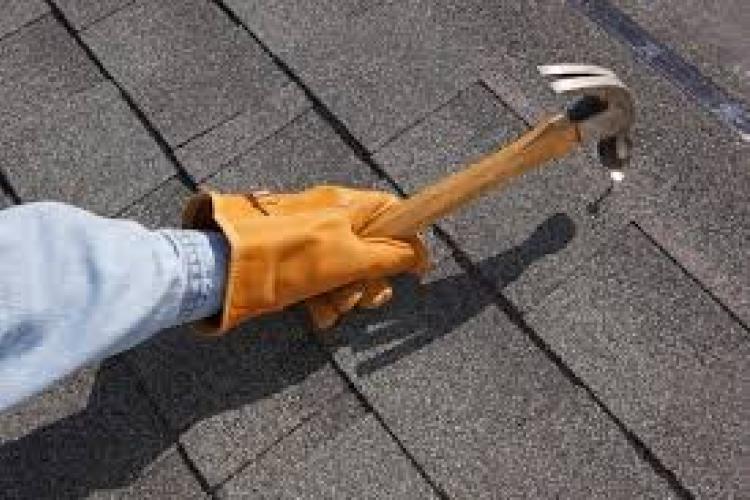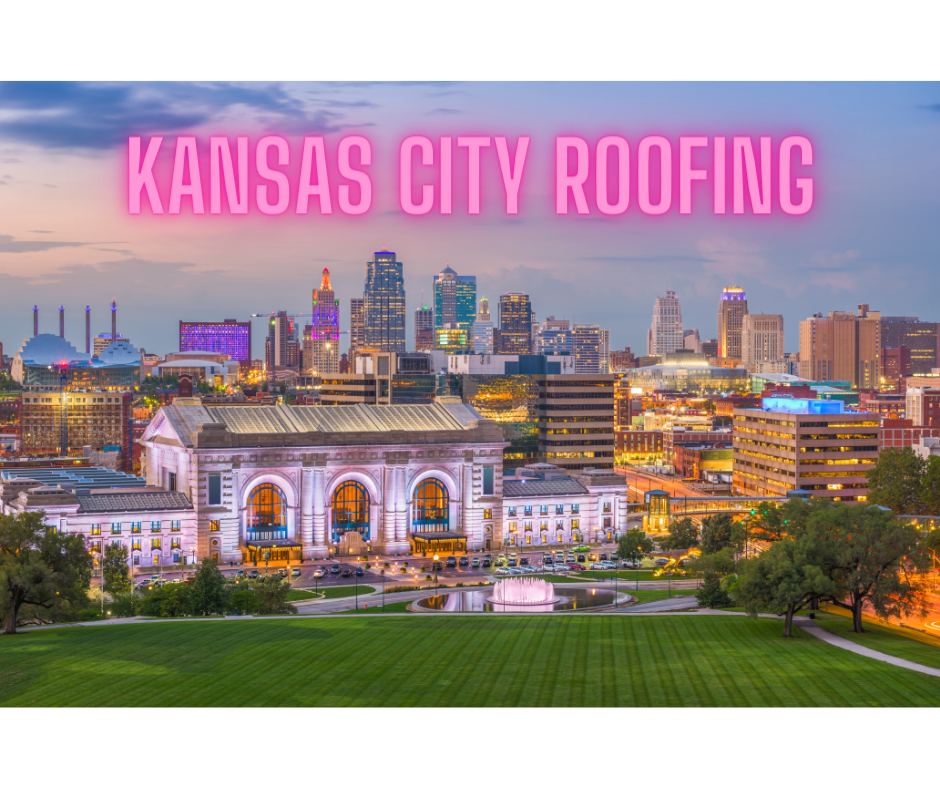
Everything You Need to Know About Kansas City Roofing
The Architectural History of Kansas City and the Benefits of Using Modern Roofing Materials on Historical and Contemporary Buildings
Kansas City, is a city rich in history and culture and spreads across two states, Missouri and Kansas. Over the years, Kansas City has developed into a thriving metropolis with a unique blend of Midwestern charm and urban sophistication. The greater Kansas City metro area can be abbreviated as KC whereas the Kansas side is often referred to as KCK and the Missouri side is called KCMO.
In this article, we’ll explore KC’s iconic architecture and touch on how modern roofing materials and systems are used to protect historic buildings while preserving looks and splendor of the original designs. We will also discover why homeowners should consider using modern roofing materials on their own homes. Lastly, you will learn how to choose the best Kansas City roofing company.
The Growth and Development of Kansas City
Kansas City was founded in 1838 by John C. McCoy, a trader who built a log cabin near the present-day city. The area was initially established as a trading post for Native Americans and fur traders, but it quickly grew into a thriving port city around the confluence of the Kansas and Missouri Rivers. KC blossomed even more with the arrival of the railroad in the late 1800s. As wealth began to build-up in the area, large homes and affluent neighborhoods began to be established. In the early 1900s, Kansas City became known as the “Paris of the Plains” due to its elegant architecture and vibrant culture. Additional development and growth came as Route 66 made Kansas City a popular side-stop on cross-country road trips. Today, Kansas City is the 31st largest metropolitan area in the country and it is still known for its architecture, as well as its barbecue, sports, fountains, and jazz heritage.
The Birth of KC’s Iconic Architecture
In the early 20th century, Kansas City experienced a building boom that produced some of the city’s most notable buildings. Architects such as, Nelle Nichols Peters, Louis Curtiss, and Mary Rockwell Hook, used a mixture of architectural styles including Colonial Revival, Art Deco and Beaux-Arts, to create unique and beautiful buildings that still stand today.
One of the most prominent examples of Kansas City’s iconic residential architecture is the Country Club District.

The district was developed in stages between 1906 and 1950 by J.C. Nichols, who desired to create a new type of suburban community that would appeal to wealthy families. The district included developments in both the Kansas and Missouri sides of Kansas City. Today, some of the distinguished neighborhoods of the original district include: Prairie Village, Mission Hills, Mission Woods, Westwood Hills and Fairway in KCK, and Brookside, Plaza Area, Sunset Hill, Wornall Homestead, and Armour Fields in KCMO. The homes in the district are characterized by their elegant design, lush landscaping, and spacious lots. The district is dissected by Ward Parkway and features a blend of architectural styles, including:
- Tudor Revival
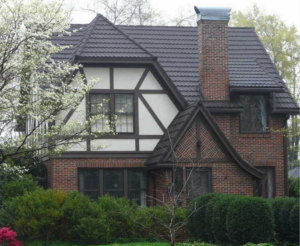
Tudor Revival with Stone Coated Steel Roof – Pacific Tile
- Colonial Revival
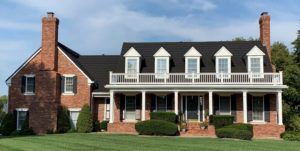
Colonial Revival with Stone Coated Steel Roof – Pine-Crest Shake
- Spanish Colonial Revival

Spanish Colonial Revival with Stone Coated Steel Roof – Barrel Vault
- Craftsman
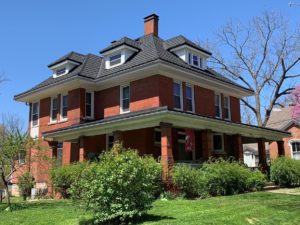
Craftsman with Stone Coated Steel Roof – Pine-Crest Shake
Renovation of Historic Buildings
In recent years, Kansas City has experienced a resurgence of interest in its historic architecture. The city has launched several initiatives to preserve its historic buildings and promote its architectural heritage.
One of the biggest problems encountered in restoring historic buildings, is the issue of replacing old roofs. Most roofs around the turn of the 20th century were made from natural materials such as wood shakes/shingles, stone slates, or clay tiles. Today, these natural materials are expensive and difficult to produce, deliver and install. It’s almost impossible to exactly match original materials as slate quarries have been mined-out, old-growth wood forests used to make wood shakes have been harvested, and manufacturing processes have changed. Thus, many buildings are renovated with modern-day roofing products that approximate the look of original materials. Some of the contemporary materials include Composite Polymer materials manufactured by companies such as DaVinci Roofscapes, Brava, and CeDUR. Others include Stone Coated Steel products from Unified Steel, DECRA, Tilcor and Varitile.
Asphalt shingles started to become a popular roofing material during the 1920s and beyond. However, asphalt shingles do not have the beauty or durability of natural materials. Furthermore, the asphalt shingles of today, have a different look and are made from different materials than the original asphalt shingles installed on historical buildings. Today’s main manufacturers of asphalt shingles include Owens Corning, CertainTeed, GAF, TAMKO and Malarkey. Some shingle style roofing products are even made from metal.
Here are some of the pros and cons of traditional roofing materials as well as the potential advantages of replacing old roofs with modern products.
- Pros
- Classic Look – Wood shingles have been used for centuries and many Kansas City area homeowners still prefer this aesthetic.
- Energy Efficient – Wood is a poor conductor of heat and it is a great insulating material.
- Easy to Repair – A broken wood shingle is easy to remove and replace.
- Cons
- High-Maintenance – Wood is susceptible to fading, warping, rotting, insects, rodents, and algae. Wood shakes need to be inspected and treated on a regular basis.
- Poor Longevity – Wood shingles have a relatively short life as compared to other natural materials, and generally do not last much longer than asphalt shingles in the Kansas City climate.
- Flammable – Although most modern wood shingles are treated with fire-retardants, wood is still flammable, and most insurance companies will either charge high premium or will not insure wood shake roofs at all.
- Prone to Storm Damage and Leaks – Wood roofs can be destroyed by large hailstones that are frequent in the Midwest. Cracked wooden shakes are more likely to cause leaks than other materials.
- Difficult to Find Installers – Because of the benefits of using modern roofing materials, fewer contractors are installing wood shingles.
- Price and Quality – Wood Shingles are more expensive to install because the installation process is very labor intensive. It’s also difficult to find old growth wood that last longer than new growth wood. The overall installed price of wood shake is one to two times higher than good asphalt shingles.
- Dilapidated Look – While new and well-maintained wood shake roofs have a pleasing aesthetic, old and worn-out wood shingles can make an entire home look like it is in a state of disrepair.
- Pros
- Long Lasting – Depending on the type and thickness of the stone, and with proper maintenance, slate is probably the longest lasting roofing material available, with a potential lifespan from 40 to over 100 years.
- Fire Resistant – Stone is non-combustible.
- Durable – Slate roofs are storm and wind resistant. However, stone slate can be destroyed by very large hailstones and can flake and deteriorate due to freeze/thaw cycles that can occur in the Kansas City environment.
- Attractive – Natural stone slate has a high-end and luxurious look. Stone will also maintain its color throughout its lifespan.
- Energy Efficient – Because slate is dense, it can help keep your home cooler in the summer and warmer in the winter.
- Cons
- Heavy – Slate weighs in at 3-7 times the mass of asphalt shingles. Thus, buildings must be engineered and/or reinforced to withstand the added weight of stone slate.
- Cost – Stone slate is very expensive to produce, transport and install. The installed price of stone slate is 4 to 10 times more expensive than asphalt roofing and is about the most expensive roofing product you can buy.
- Difficult to Find Installers – Because of the benefits of using modern roofing materials, not many companies install real stone slate materials.
- Difficult to Match – It can be hard to find a good match for broken or missing slate pieces as slate is quarried in batches and materials that were produced many years ago may no longer be available.
- Walkability – Slate can easily be cracked or broken if walked upon. Thus, it is difficult to clean gutters or install satellite dishes and solar panels on slate roofs.
- Pros
- Long Lasting – With proper maintenance, clay/concrete tiles have a potential lifespan of 50+ years.
- Fire Resistant – Tiles are non-combustible. However, wind-blown embers can get under some tiles and cause the base layer to catch on fire.
- Durable – Tiles are storm and wind resistant. However, tiles can be destroyed by very large hailstones which sometimes occurs with Kansas City weather.
- Attractive – Clay/concrete tile has a unique and a high-end look. Tiles also come in a variety of colors shapes and styles.
- Energy Efficient – Tiles can help keep your home cooler in the summer and warmer in the winter.
- Cons
- Heavy – Tile weighs in at 2-6 times the mass of asphalt shingles. Thus, buildings must be engineered and/or reinforced to withstand the added weight of clay/concrete tiles.
- Cost – Tile is expensive to produce, transport and install. The installed price of tiles is 2 to 5 times more expensive than asphalt roofing.
- Walkability – Ties can easily be cracked or broken if walked upon. Thus, it is difficult to clean gutters or install satellite dishes and solar panels on tile roofs.
- Installation – Tiles are not easy to install. Only professional roofers should be used.
- Slope – Tile roofs should not be installed on low slope roofs.
Alternatives to Traditional Roofing Materials
There are several modern roofing products that are great alternatives to traditional roofing materials. Stone Coated Steel and Composite Polymer products are some of the best choices for the Kansas City market because of the harsh storms that frequent this part of the Midwest. Follow the links to each of the following to learn more about state-of-the-art alternatives to natural roofing materials:
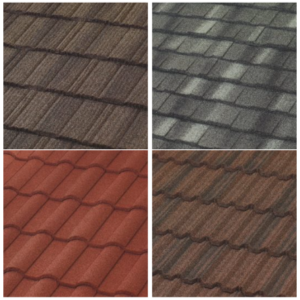
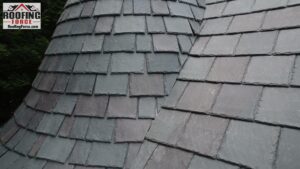
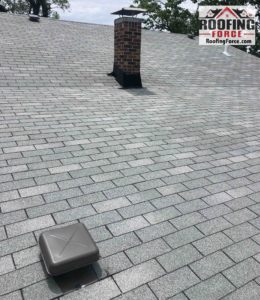
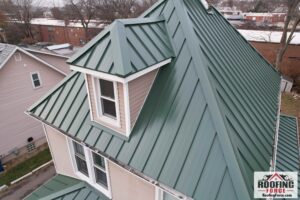
Kansas City’s Architecture Today
Today, almost every architectural style can be found in Kansas City. Regardless of which architectural genre you prefer, there is a new and improved roofing product to choose from when it comes time reroof or build a new home.
As a word of caution, many homeowner associations in the KC area use restrictive covenants to preserve the look of certain architectural styles and roofing products. Nevertheless, some HOAs have approved modern alternatives to traditional roofing materials. Thus, you should check your CC&Rs and confirm which products you can use in your neighborhood.
Homeowners can get help selecting the right product for their unique situation by choosing a roofing contractor that is well versed in all types of roofing products (not just asphalt shingles).
Conclusion
There are vast numbers of wonderful traditional and modern architectural styles in the greater Kansas City area. Because Kansas City lies in the middle of “tornado alley,” you may want to choose a roofing products that is more durable than asphalt shingles when it comes time to build your dream-home or replace an existing roof. Fortunately, there is a modern roofing solution for almost every architectural preference and budget.
Roofing Force is an expert installer of all roofing products in Kansas, Missouri, Illinois, Oklahoma and Arkansas. Let one of our experts provide you with a free estimate and help you choose the most optimal roof for your needs. Visit our Material Comparison page and Gallery for more information or give our Olathe headquarters a call at (913) 270-5440 to set up an appointment with a Roofing Force professional in your area.
you may also like
What are Composite Polymer Roofing Products?
Polymer or composite roofing materials are synthetic products that are manufactured from various plastics and resins to…
When is It Too Cold to Install a Roof?
The short answer is it depends on what type of roofing material you want to install. Unlike…

